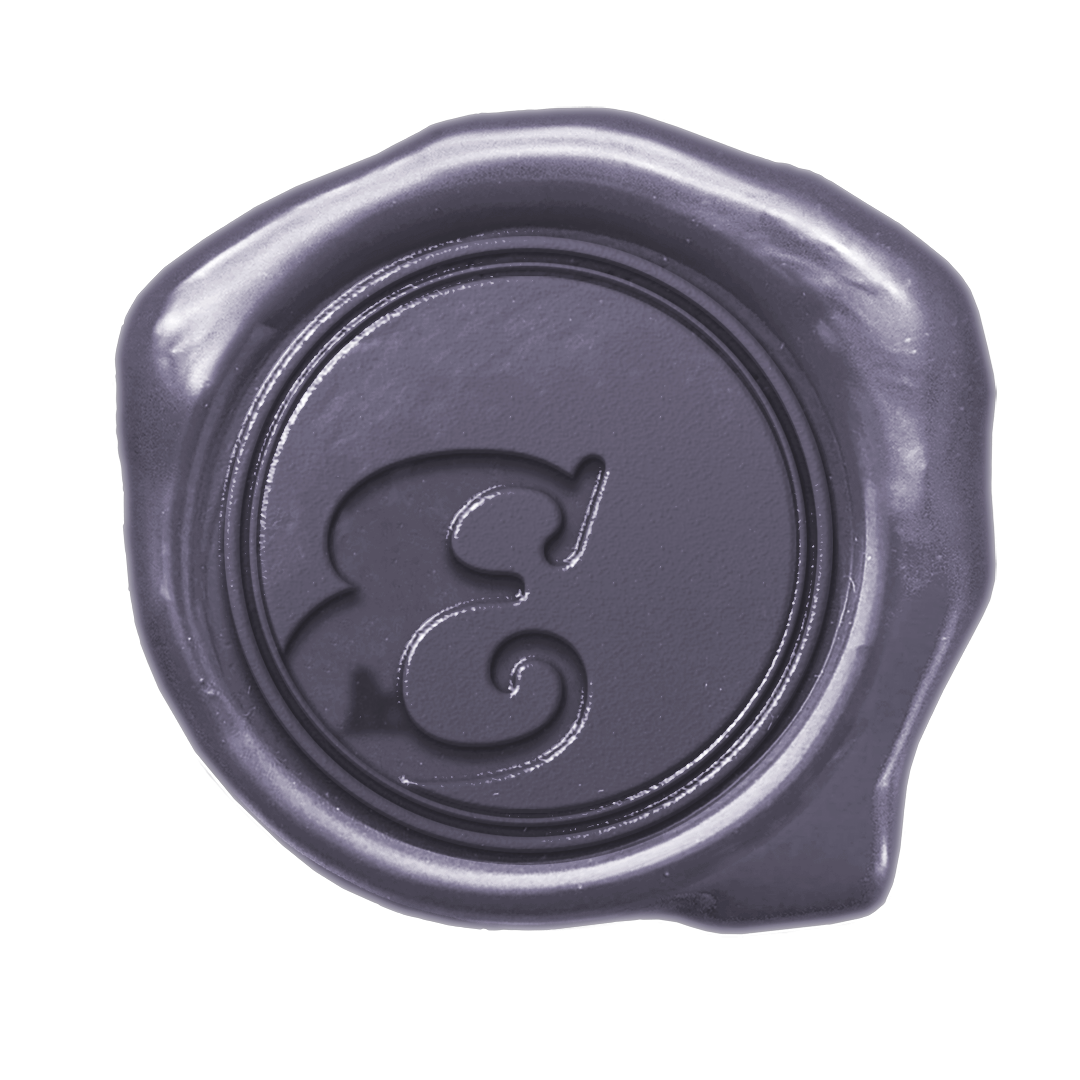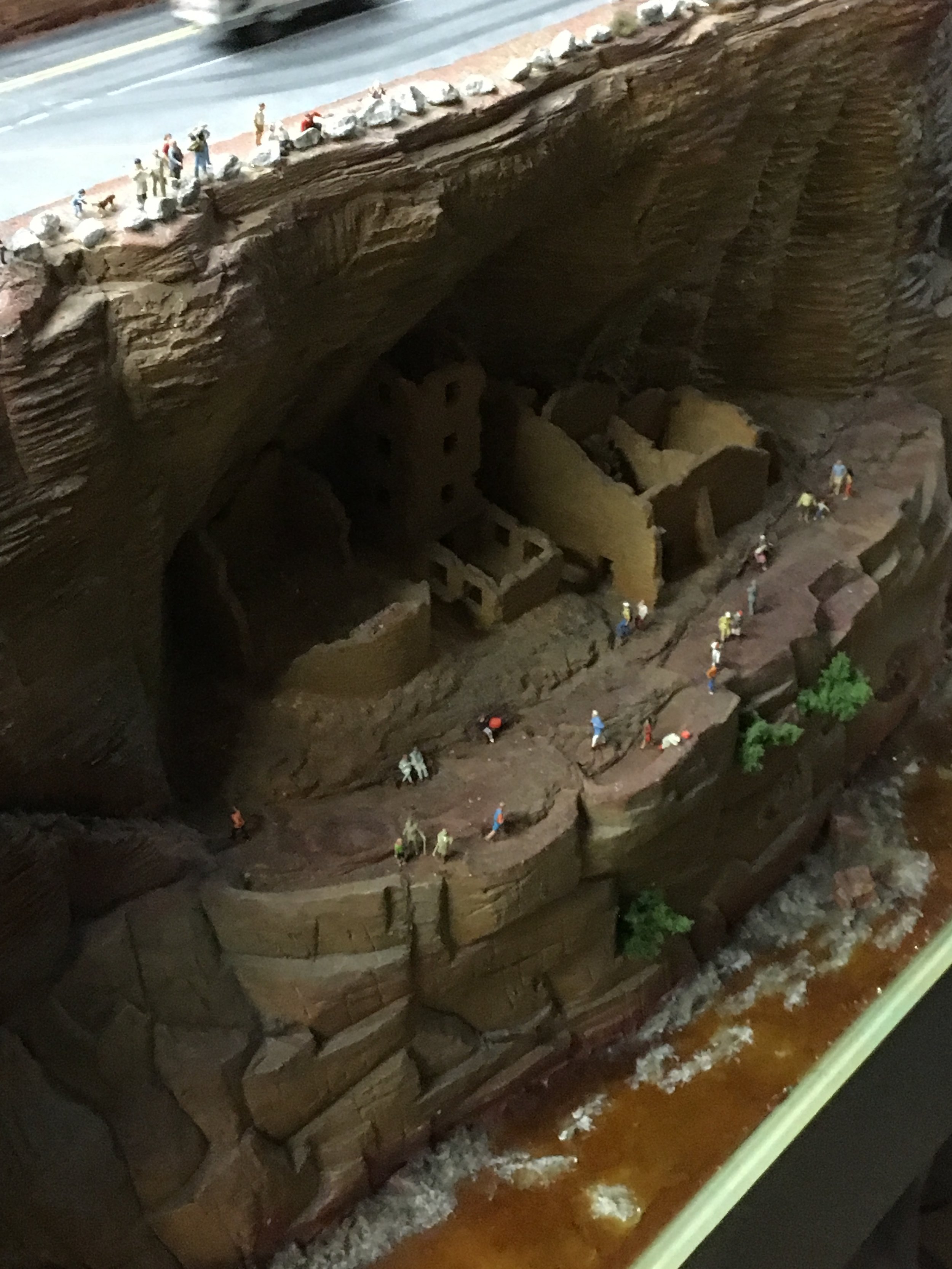Miniatur Wunderland in Hamburg
Miniatur Wunderland, Hamburg, Hamburg, Deutschland
The Miniatur Wunderland means Miniature Wonderland — come on, people. And I thought that was easy enough to translate… Just joking — here is a great example of how similar German and English can be. As you see below, a miniature wonderland really is the only name for it. The whole museum is based on this one, large model railway, basically. It just continually grew.
The Wunderland began construction in 2000 by two brothers, Frederik and Gerrit Braun. From what my German professors told me, they went to the bank and applied for a loan for their business idea — the German bank gave them the loan because they had a well-drawn plan. In the U.S., they probably would have been laughed at. The “museum” began with only central Deutschland (Germany), Österreich (Austria), and Knuffingen. Knuffingen is the perfect epitome of the museum — a fictitious city. This museum is mostly made from fiction with real-life inspirations. Knuffingen has a train station, an airport, and a whole car system with its own fire department. Today, the museum has areas that incorporate Hamburg, all of Scandinavia, the U.S., Bayern (Bavaria), Switzerland, and Italy. They are planning on many more constructions by 2021.
All the trains, cars, and planes (yes, planes) are on an automatic control system based on magnets, I believe. They all run independently. The boats are the only things that are being controlled manually and apparently, there’s already plans to make them automatic, too, which is crazy genius to me. But, again, I’m a writer, not an engineer — so I’m easily impressed and seldom surprised. From my last blog post about Hamburg, you’ll see the outside of the building. The museum was placed inside one of the old, unused warehouses, which was perfect for their needs.
The fact that this entire installation is based on “fiction” really makes it impressive how detailed and accurate it can be when it’s based on a region. You can watch their transition, though, from making it loosely based on locations to making every house in the Rome location (their latest area) with precise and factual details. This brings us to the fun part — videos and pictures of the models.
I will take you on a counter-clockwise tour to describe the layout. As soon as you walk in, you look around and think, “Is this all?” There are multiple cases in a little area. Upon a closer look, you see that there are eight glass boxes with figures inside. They’re all of the same area, just spread over thousands of years with first settlements up to WWII. I was excited for this because I love these kinds of things.








When you turn to the left of these, you’ll see the “Start Here” sign, which leads upstairs. To the right of the “Start Here” is a massive, tiny stadium with lights and sounds and thousands of little figures of people inside. It’s almost as if it’s cheering you on in anticipation to the main exhibition. You, like me, might even think, “If this isn’t the main exhibit, I can only imagine how huge and impressive it’ll be.” And you’d be right.
As soon as you reach the top of the steps, you enter an entirely different world. It was like a huge, little Narnia. Huge, little is my preferred description because you point at one little area and say, “How cute, it’s so little with the tiny people and cars,” but then your raise your glance and see an entire warehouse of tiny things. So, it’s a huge, little place.
The massive presence of these many sets all put together meant that I had to make an executive decision to decide a direction to go so that I had a system to see everything. Turning right led me to the U.S. This was adorable — and it’s fictitiousness was immediately apparent as it went Christmas Village, Yosemite National Park, Mount Rushmore, the Grand Canyon/Bryce Canyon, Las Vegas, Miami Beach, and then Everglades into Key West. I’m not a geography expert, but that’s not exactly how the U.S is laid out.
You’ll notice that there are buttons everywhere that light something up, make pieces move, or make some sound effects. Again, the details here made me very happy. They even included Area 51 with little aliens, a gun fight in the old west’ish area, and the Kennedy Space Center (even the Mesa Verde Pueblo Dwellings!). You could press a button to make the aliens move and a button to light up the Area 51, which was conveniently underneath the set making it look like an underground bunker.
As you’ve probably noticed, there were red, blue, and white lights. This mimicked the passing of day into night and then back to day. I loved this. There were even certain buttons that you could only press when it was “night.” Like fireworks in Hamburg or a UFO landing in Central Deutschland. The next area was “Scandinavia” beginning with a Finnish and Swedish winter wonderland, Norwegian mountains/villages, and Denmark with the Wunderland’s longest bridge connecting the Denmark section to Norway.



This section led right into Hamburg. Which, geographically, is correct from here on out (north to south when going counterclockwise). I loved seeing the Elbphilharmonie, especially because I saw the real thing in person. There was a button you could press that opened the Elbphilharmonie and played music and I absolutely adored it (see the real Elbphilharmonie below for comparison).
Since I’ve run around Hamburg a bit, I thought looking at the miniature version was like a dream. From Hamburg, the set went into Central Germany, which included a Giant (tiny) Fun Fair and Germany’s tallest monument, the Hermann Monument (apparently, geographically tall from a hilltop, not its actual height).
And this transitioned into the fictitious Knuffingen — the most impressive part was the Knuffingen Airport, which is somewhat based on Hamburg’s airport. I loved this place as there were tiny, cute details like the Millennium Falcon, two Rebel pilots looking for their car, and an actual plane itinerary that listed all of their planes and flights. There were cameras hooked up all around so that you could actually see their planes as they moved — my favorite detail was seeing the Millennium Flacon’s itinerary as arriving from Hoth.
The airport directly bled into Bayern (Bavaria) where you could see the famous Schloss Neuschwanstein, which I also had the chance to see in person — I greatly approve of it’s replication. So cute.
Directly to the left is Switzerland, which leads down the stairs for the other sections. But before you go down those stairs, you have to run over to Österreich (Austria), which is on the same floor. And of course the sound effect that Austria gets is thunder (when you press a button).
I know it’s for the mountains where they go skiing, but still, I couldn’t help but pick up the tone that Austria is scary in comparison to Germany. Maybe not, but I thought it was funny. There was also a little prison in Austria — again, I feel the most subtle jabs here, but maybe it’s just me (where should we put the prison? Austria, of course).
Turning back around to go down the stairs, you’re met by Switzerland, which is the only set that stretches between two floors — see the videos below to see what I mean. The Swiss Alps were perfectly replicated here. The use of two floors allowed their proportions to be even more impressive than if they were stuck on one floor.
Underneath the Swiss Alps lay the International World Domination league, which had some of the funniest representatives — only the nastiest people like the KGB, CIA, Bayern, and the Dönerindustrie (a very delicious type of Turkish restaurant).
Before leaving the Swiss area, you see the province of Ticino to the right, a far south region of Switzerland leading up to Italy with the Montebello castle, which had a little a Renaissance festival in front of it!
And then this led to Italy. The Italian regions covered were: Atrani, Amalfi Coast, South Tyrol, Rome, Tuscany, and Liguria (with Venice soon to come). The individual places there was Pompeii (with an erupting Mt. Vesuvius), Aragonese castle, the Vatican, and the Colosseum as well as dozens of other attractions like the Italian Riviera filling in between.
Stumbling out of the meticulous details of Italy, you’re ready to sit down or even lay down for a nap. That was the end of the exhibits (for now). Once I walked down the stairs, I saw a restaurant with fairly affordable food. The restaurant had train-styled seats and partitions between tables that looked like a countryside. I thought it was adorable and if it wasn’t super crowded and my actual train wasn’t leaving soon, I would’ve grabbed some currywurst (because I’m a currywurst hoe).
And this leads us to Ehron’s takeaways
A Must-See: Let’s say you were with family members and they were sighing and you could see them fading, I think seeing the Knuffingen Airport is top priority.
What I Recommend: I recommend coming up with a plan. I spent at least three-to-four hours here. I honestly lost track of time. So don’t go in and say, “Maybe two hours will do?” because then you’d be wrong. Then, afterwards, I would tryout the restaurant because you might need a refresher.
My New Favorite Place: My favorite spot out of all of these would probably have to be the Italy section. Since the Italy area came later, the creators wanted it to be more detailed and it was more extensive. And with Mt. Vesuvius and Pompeii, it won me over.
Thanks for reading.
Until next time, lovelies,
Ehron







































